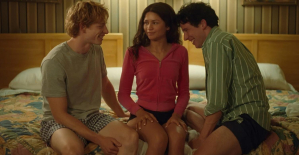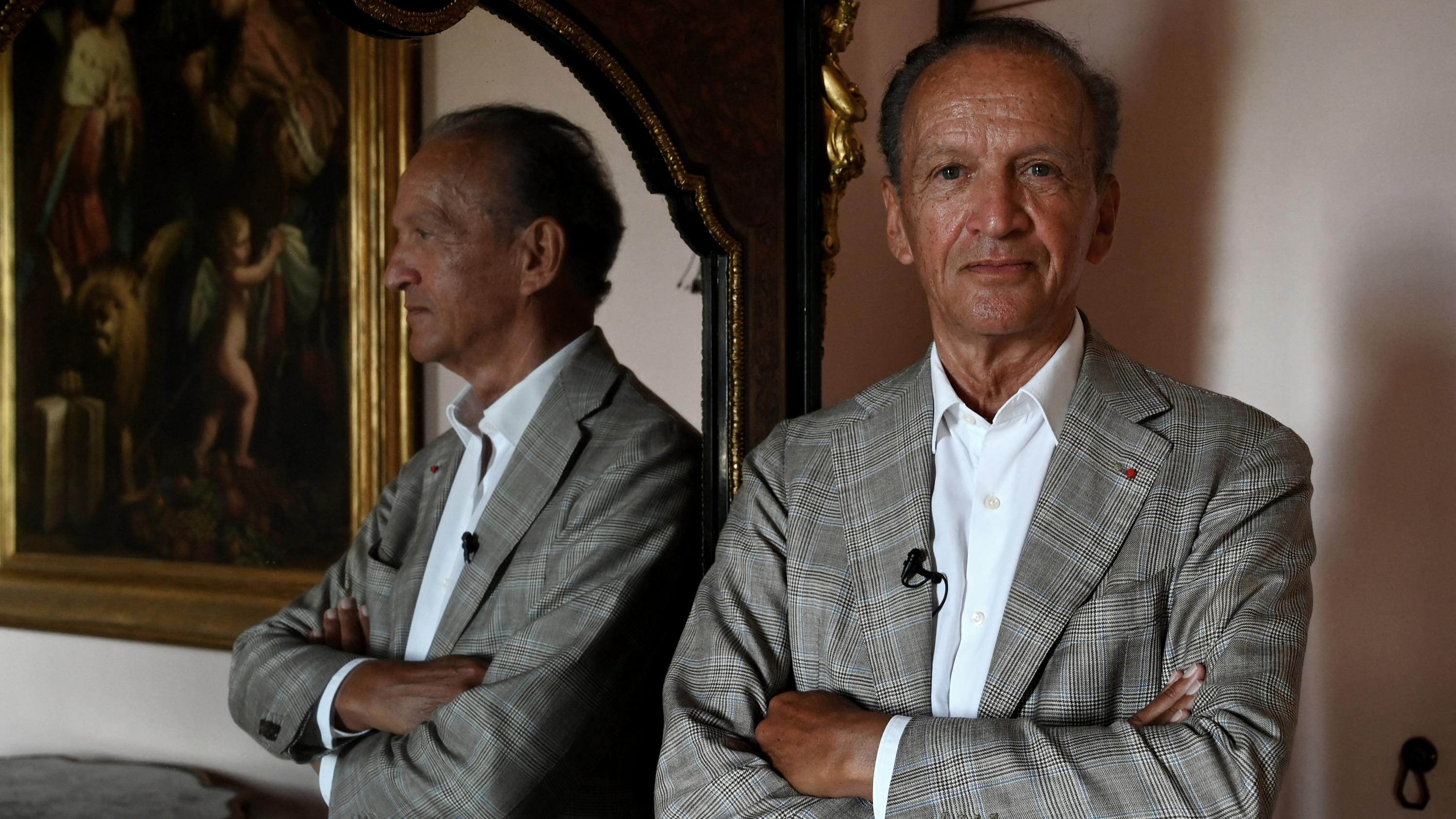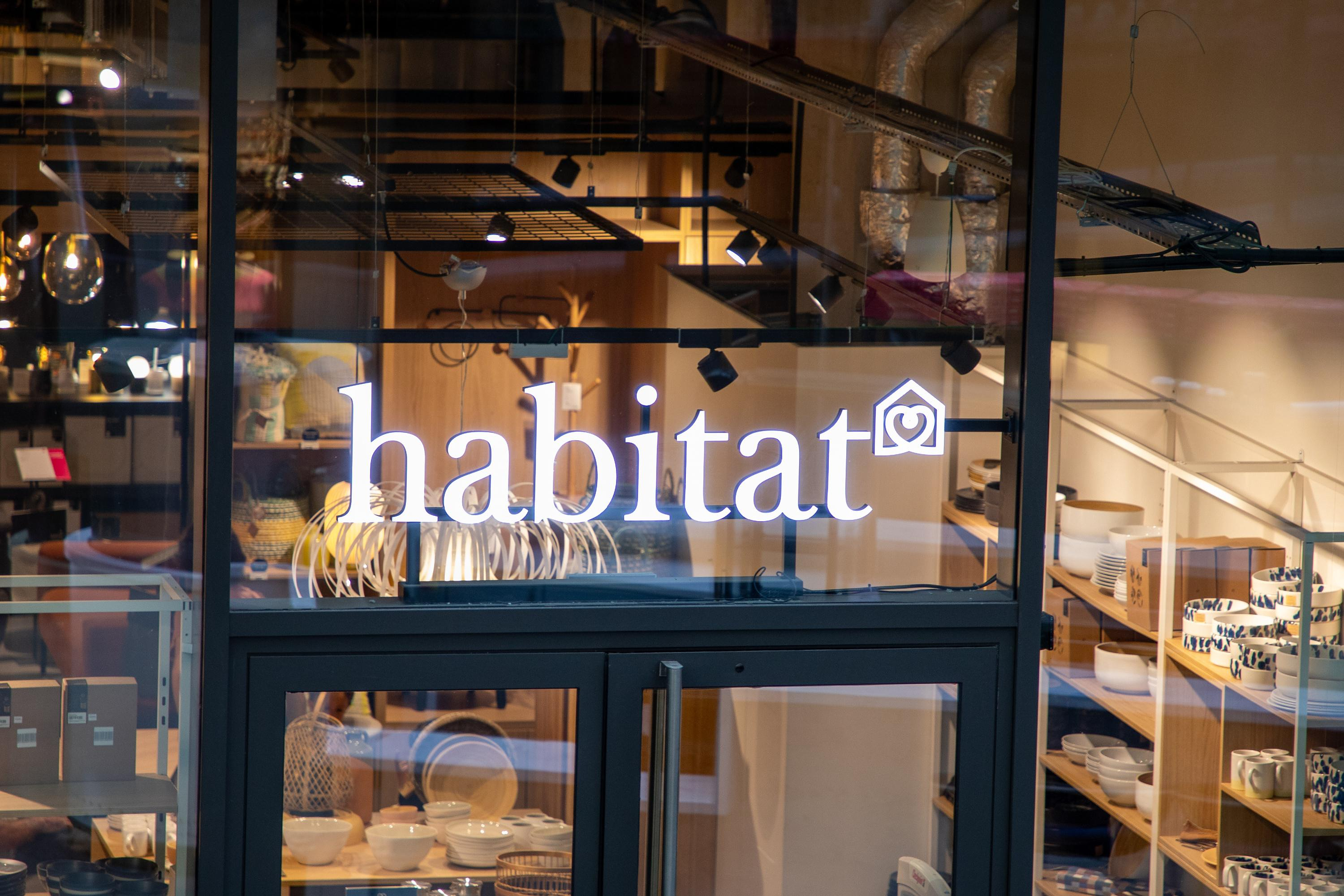Jérôme Zieseniss, president of the French Committee for the Safeguarding of Venice, died at the age of 75 of a stroke in Madrid on February 19. But it is in Venice, his adopted city for 24 years, that he will be buried, after a religious ceremony celebrated in the Gesuati church, in Zattere, on Saturday March 9. Venice, this paradise on a human scale, was “the love of my life” said this affable man with a sparkling eye.
After a career in marketing, Jérôme Zieseniss took root in the lakeside city at the age of 50, when he took over as head of the French Committee for the Safeguarding of Venice. Until recently he lived in a beautiful Venetian palace, in Dorso Duro, surrounded by his dogs. Those who had the honor of being received there discovered the furniture of the great decorator Marc Du Plantier. Jérôme Zieseniss was an esthete, a character whose elegance, dress and manners were from another time.
Invariably, the conversation around the table turned to the Royal Palace in St. Mark's Square. The restoration of this long Napoleonic building, forming one of the wings of the square, was the great work of Jérôme Zieseniss. What battles did he not wage, for 24 years, to restore luster to the row of rooms in the palace and succeed in having them open to the public! He never hesitated to take his guests on a tour of the salons, in which an atmosphere of suspended time reigned. “He had the gift of enriching the story of each visit with new details, drawn from both great and small history,” testifies François Pignol, responsible for young donors of the French Committee for the Safeguarding of Venice, which accompanied for years.
Under the high ceilings of the palace, Jérôme Zieseniss happily recounted the affair of Queen Marguerite of Savoy's necklace, which grew into pearls for each mistress of her husband Umberto I, showed the salons where Empress Sissi withdrew from the crowd, presented the silks that he wanted to change despite the reluctance of the Venetian administration. In his book of memories The Royal Palace of Venice, the hidden gem of Saint Mark's Square, published by Flammarion, he had fondly recounted his skirmishes with the Italian administration, which put obstacles in his way during years, before recognizing its determining role for the heritage of the Serenissima.
His first stroke of brilliance dates back to the 2000s. A fervent fan of Napoleon - he owned a wealth of books on the Empire - the president of the committee will begin by bringing back an immense statue of the emperor, spotted in a sale at auction, acquired by the committee. Placed in front of the Royal Palace, it marks the beginning of an activism that will never stop. He never tired of recounting the walls of opposition that were raised against him. Starting with those who initially occupied the Royal Palace and did not welcome the idea of ceding the spaces to these French heritage lovers.
“The Italians often have the impression that the French are there to teach them lessons,” testified Jérôme Zieseniss in 2022. His great strength was that he always managed to find the funds for his ambition. “I never asked anyone for money, I always tried to interest them, then let things happen,” he said, proud of having been able to convince donors, one by one.
In turn, the grand staircase, the vestibule, the ceiling of the throne room and the great ballroom, the one in which Sissi entertained in 1856 and which had burned in 1964, regain their luster. The offices are, for their part, “liberated” one by one. There were steps forward, steps back, but also victories. The opening in 2012 of the apartment of the Empress “Sissi”, and the inauguration in 2021 of the apartment of the Emperor, the apartment of Viceroy Maximilian and the apartment of King Victor- Emmanuel II, were among them. Each time with brilliant receptions. As a result, the entire history of Venice and Venetian decorative arts in the 19th century was able to be reborn.
Success leading to success, entrepreneurs, couples who love beautiful things, foundations or connoisseurs of the city ended up getting involved, agreeing to pay between 100,000 and 250,000 euros to restore a room in the palace. In the end, 7 million euros were invested in the decorations of the palace and the adjoining garden. Visitors can now wander through this series of lounges, under the watchful eye of the city's cultural administration. In 2024, Jérôme Zieseniss was preparing to launch the rehabilitation of the rooms of the Correr Museum and had received, for this, the support of several patrons.
An opera enthusiast, Jérôme Ziseniess was also entrusted with the presidency of Circolo La Fenice, a circle of patrons of the Venice opera, in 2011. Then, two years later, that of Fedora - the European Circle of Philanthropists for opera and dance. For all this passion for the benefit of Venice, he was made an officer of the Legion of Honor by France and an Officer of Merit of the Italian Republic. After fighting him for years, Rome ended up admiring this tenacious Frenchman, a lover of beautiful things and Empress Sissi.

 B:SM will break its investment record this year with 62 million euros
B:SM will break its investment record this year with 62 million euros War in Ukraine: when kyiv attacks Russia with inflatable balloons loaded with explosives
War in Ukraine: when kyiv attacks Russia with inflatable balloons loaded with explosives United States: divided on the question of presidential immunity, the Supreme Court offers respite to Trump
United States: divided on the question of presidential immunity, the Supreme Court offers respite to Trump Maurizio Molinari: “the Scurati affair, a European injury”
Maurizio Molinari: “the Scurati affair, a European injury” Inflation rises to 3.3% in April and core inflation moderates to 2.9%
Inflation rises to 3.3% in April and core inflation moderates to 2.9% Pedro Sánchez announces that he continues "with more strength" as president of the Government
Pedro Sánchez announces that he continues "with more strength" as president of the Government Irritable bowel syndrome: the effectiveness of low-carbohydrate diets is confirmed
Irritable bowel syndrome: the effectiveness of low-carbohydrate diets is confirmed Beware of the three main sources of poisoning in children
Beware of the three main sources of poisoning in children Relief at Bercy: Moody’s does not sanction France
Relief at Bercy: Moody’s does not sanction France More than 10 million holders, 100 billion euros: the Retirement Savings Plan is a hit
More than 10 million holders, 100 billion euros: the Retirement Savings Plan is a hit Paris 2024 Olympic Games: the extension of line 14 will open “at the end of June”, confirms Valérie Pécresse
Paris 2024 Olympic Games: the extension of line 14 will open “at the end of June”, confirms Valérie Pécresse Failing ventilators: Philips to pay $1.1 billion after complaints in the United States
Failing ventilators: Philips to pay $1.1 billion after complaints in the United States The Cannes Film Festival welcomes Omar Sy, Eva Green and Kore-Eda to its jury
The Cannes Film Festival welcomes Omar Sy, Eva Green and Kore-Eda to its jury Prisoner in Israel, a Palestinian receives the International Prize for Arab Fiction
Prisoner in Israel, a Palestinian receives the International Prize for Arab Fiction Harvey Weinstein, the former American producer hospitalized in New York
Harvey Weinstein, the former American producer hospitalized in New York New success for Zendaya, tops the North American box office with Challengers
New success for Zendaya, tops the North American box office with Challengers Skoda Kodiaq 2024: a 'beast' plug-in hybrid SUV
Skoda Kodiaq 2024: a 'beast' plug-in hybrid SUV Tesla launches a new Model Y with 600 km of autonomy at a "more accessible price"
Tesla launches a new Model Y with 600 km of autonomy at a "more accessible price" The 10 best-selling cars in March 2024 in Spain: sales fall due to Easter
The 10 best-selling cars in March 2024 in Spain: sales fall due to Easter A private jet company buys more than 100 flying cars
A private jet company buys more than 100 flying cars This is how housing prices have changed in Spain in the last decade
This is how housing prices have changed in Spain in the last decade The home mortgage firm drops 10% in January and interest soars to 3.46%
The home mortgage firm drops 10% in January and interest soars to 3.46% The jewel of the Rocío de Nagüeles urbanization: a dream villa in Marbella
The jewel of the Rocío de Nagüeles urbanization: a dream villa in Marbella Rental prices grow by 7.3% in February: where does it go up and where does it go down?
Rental prices grow by 7.3% in February: where does it go up and where does it go down? Europeans: a senior official on the National Rally list
Europeans: a senior official on the National Rally list Blockade of Sciences Po: the right denounces a “drift”, the government charges the rebels
Blockade of Sciences Po: the right denounces a “drift”, the government charges the rebels Even on a mission for NATO, the Charles-de-Gaulle remains under French control, Lecornu responds to Mélenchon
Even on a mission for NATO, the Charles-de-Gaulle remains under French control, Lecornu responds to Mélenchon “Deadly Europe”, “economic decline”, immigration… What to remember from Emmanuel Macron’s speech at the Sorbonne
“Deadly Europe”, “economic decline”, immigration… What to remember from Emmanuel Macron’s speech at the Sorbonne These French cities that will boycott the World Cup in Qatar
These French cities that will boycott the World Cup in Qatar NBA: young Thunder coach Mark Daigneault named coach of the year
NBA: young Thunder coach Mark Daigneault named coach of the year Athletics: Noah Lyles in legs in Bermuda
Athletics: Noah Lyles in legs in Bermuda Serie A: Dumfries celebrates Inter Milan title with humiliating sign towards Hernandez
Serie A: Dumfries celebrates Inter Milan title with humiliating sign towards Hernandez Tennis: no pity for Sorribes, Swiatek is in the quarterfinals in Madrid
Tennis: no pity for Sorribes, Swiatek is in the quarterfinals in Madrid

















